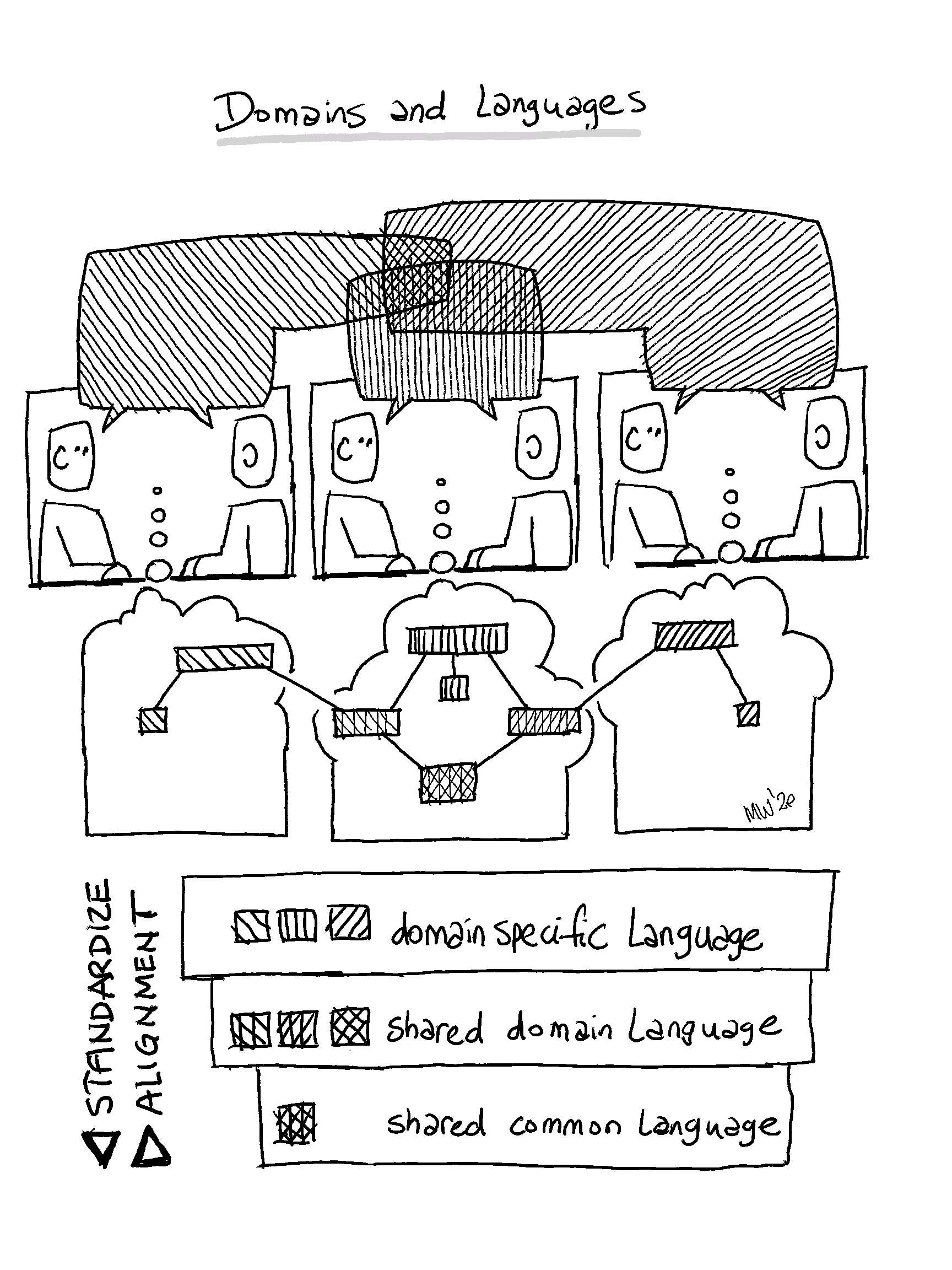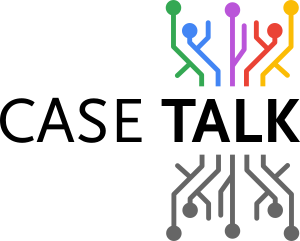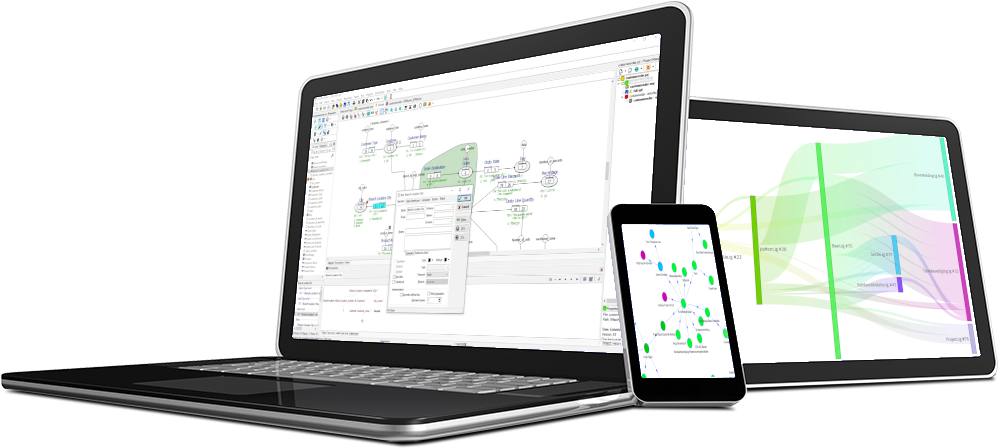Among the couple of hundred countries on this planet, there are way more languages and dialects. Communication over language domains is hard. We need translators or interpretors to cross those boundaries. Even though tech is trying to chip away at this hard problem by automating that, we still have a long way to go. And language is not static, it changes constantly in space and time. As soon as time passes or communities become isolated from others, people change their language for the purpose of their own communication.
diversity
International companies are dealing with multiple languages all the time. The employees deal with local laws, international laws, and by exchanging information across countries which natively speak different languages and cover multiple cultures. Organizations need to figure out how to exchange information nevertheless. This holds true for international, large and smaller organizations. Any organization large enough to create several departments are falling for the same problem: HR, Production, Sales, Inventory, Laboratory, Board and IT simply do rarely share a common language.
Sharing
Yet all these departments, managing their own piece of information, need to share precisely that at some point. Sharing information requires sharing a common language in which all stakeholders understand the meaning. With current tech in our lives, the IT systems themselves need to align with our needs for communication.
Develop
This way the organization needs to develop a shared common language, a shared domain language and domain specific languages. This requires different fact expressions, different examples, different fact types names, and potentially overlapping, and re-use of all. A method of precisely supporting natural language, and a tool supporting full version management and lineage is required to pull this off.
Standardize and Alignment
Adding language to the common language is called standardization, and adopting the common languages promotes organizational and system alignment.



